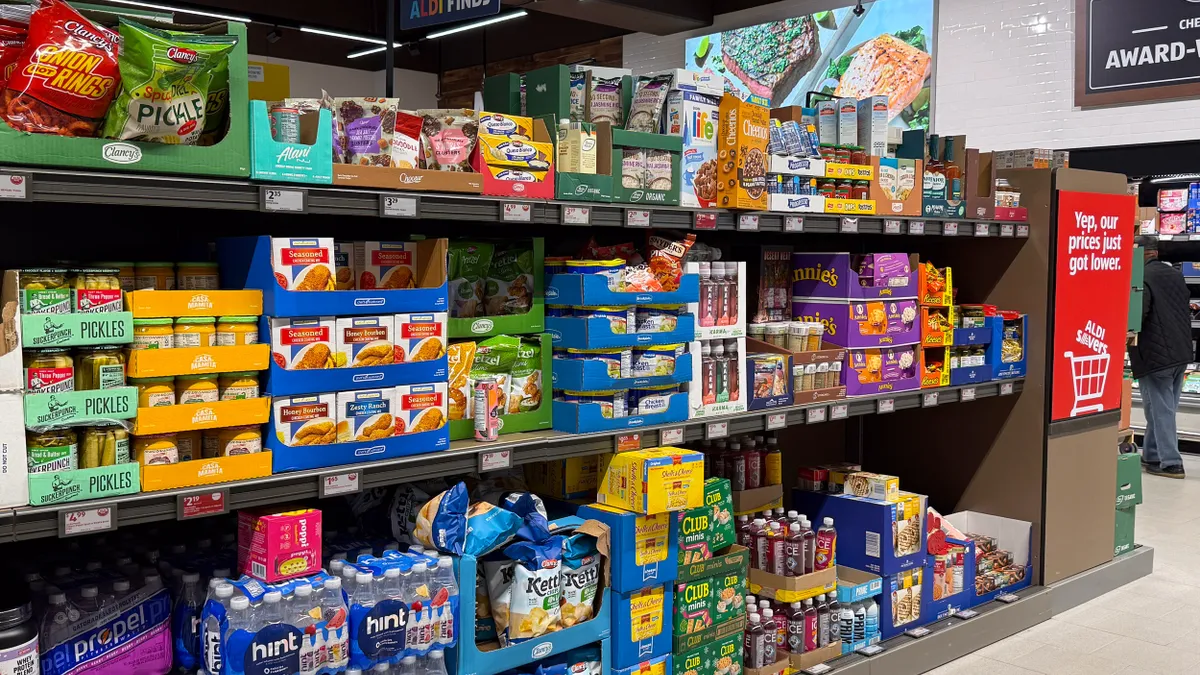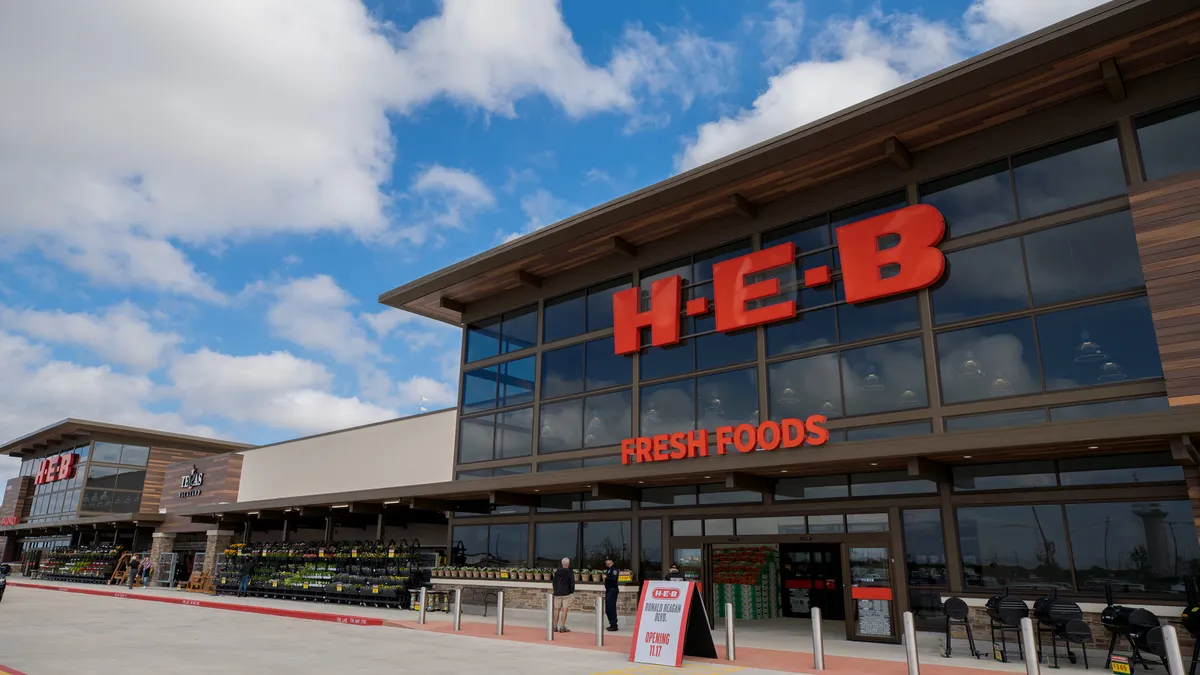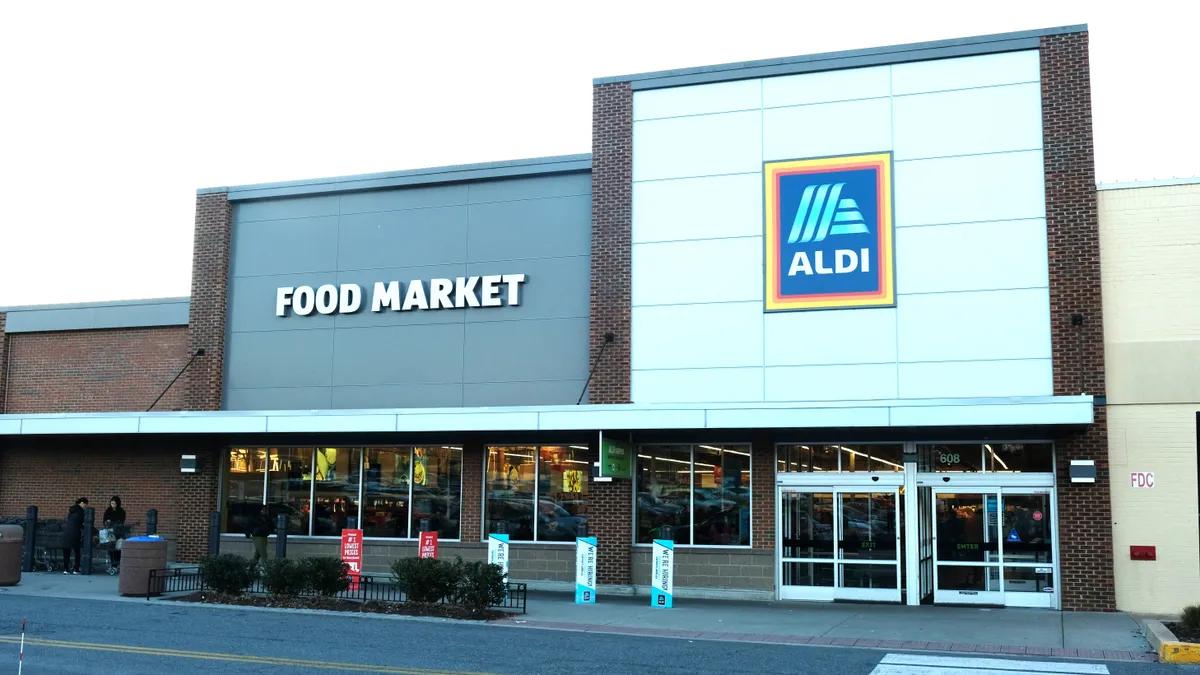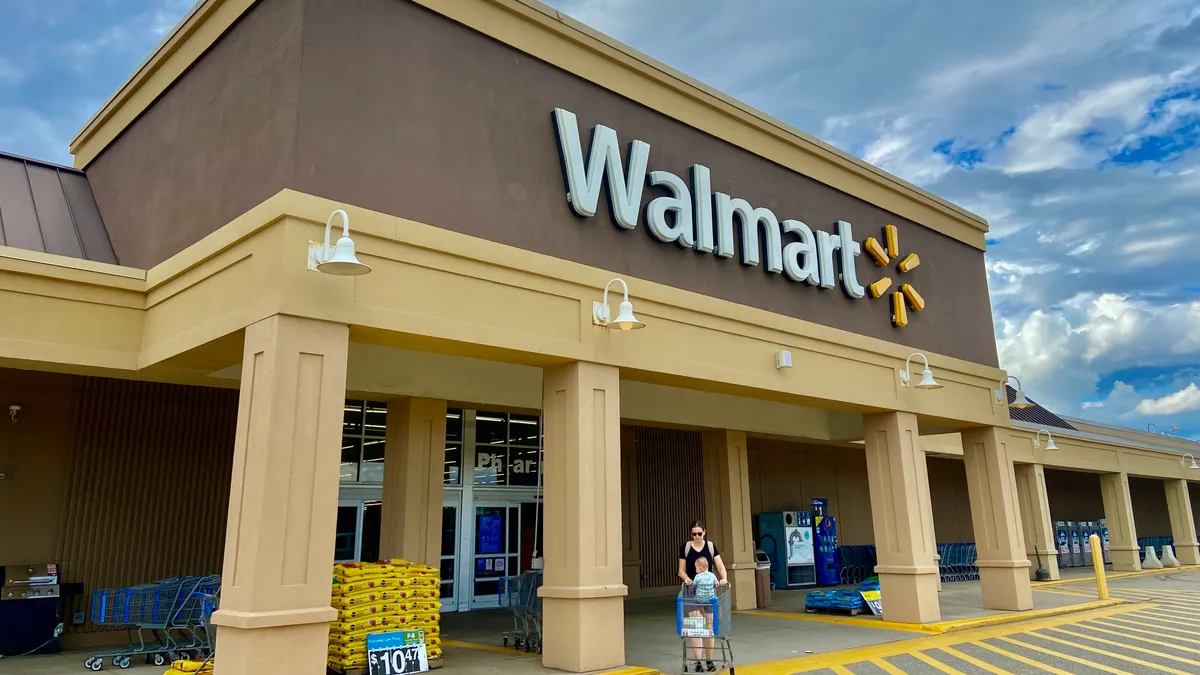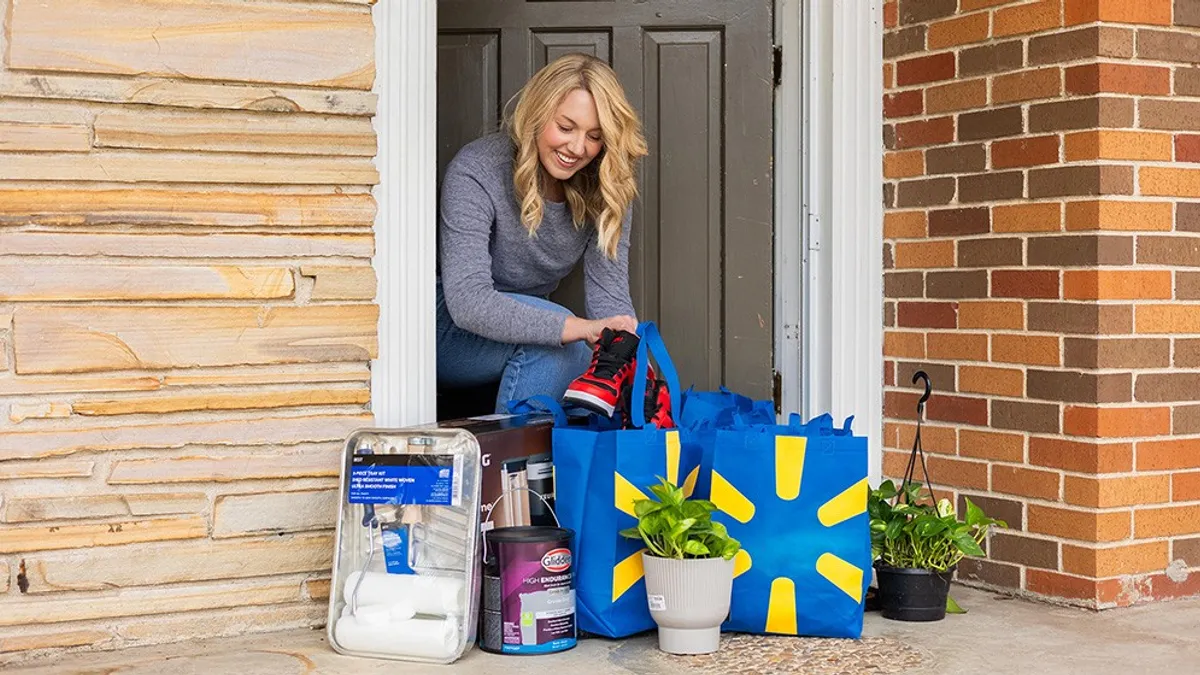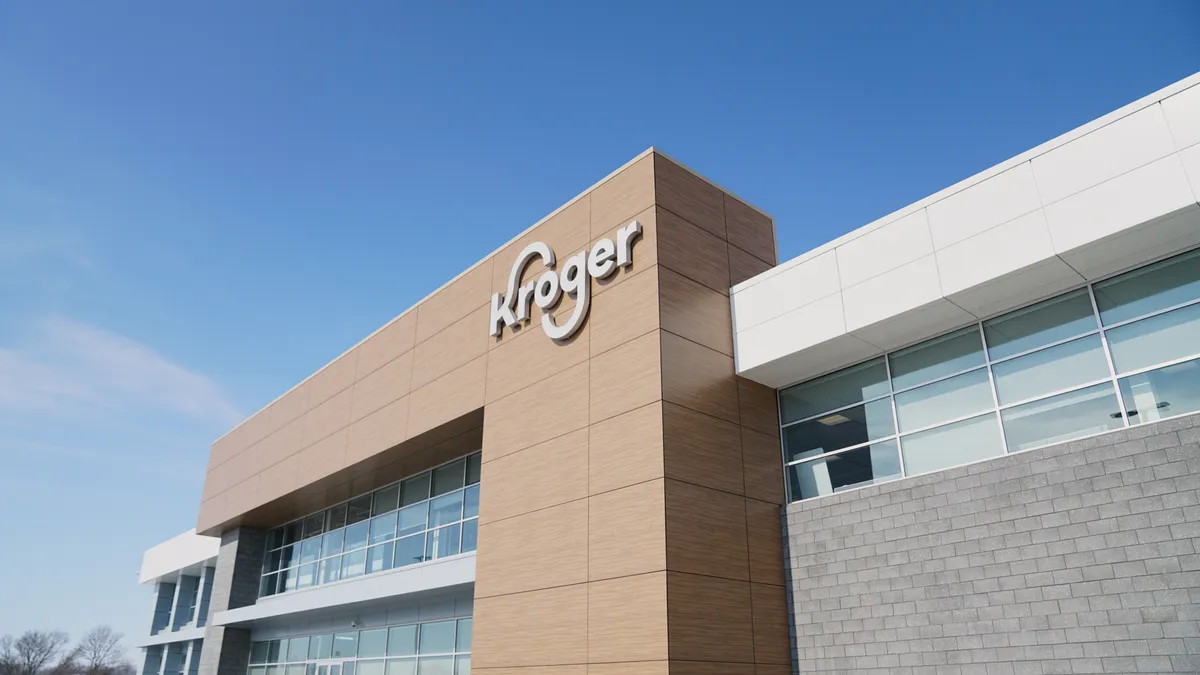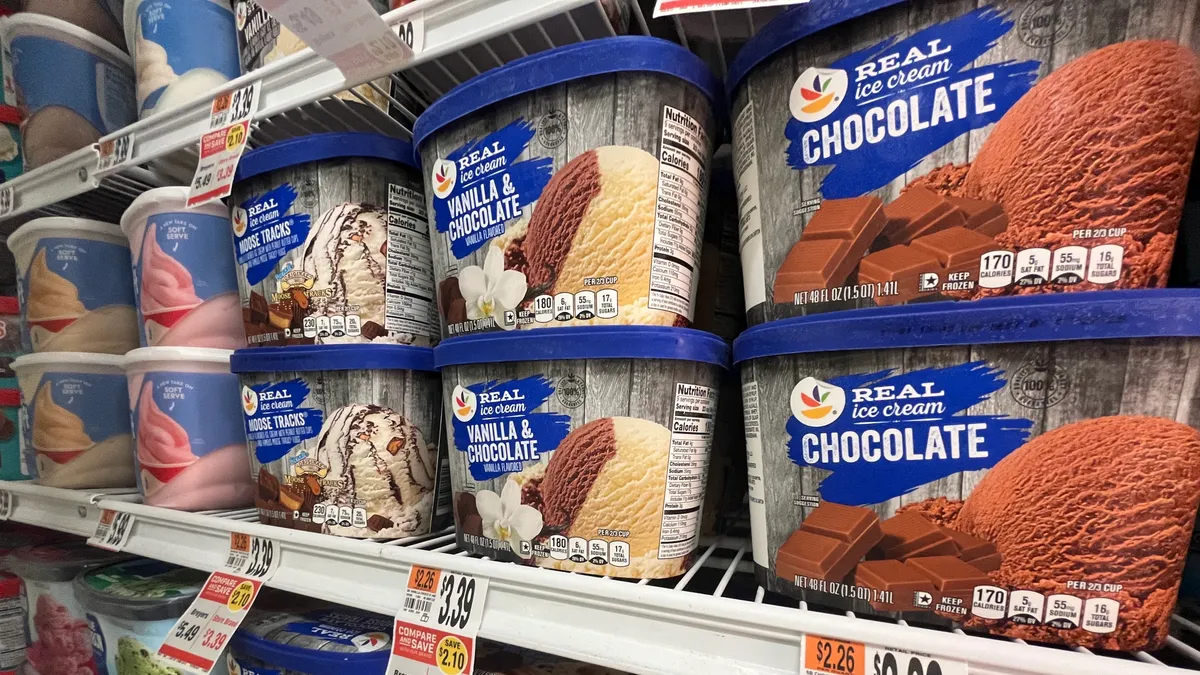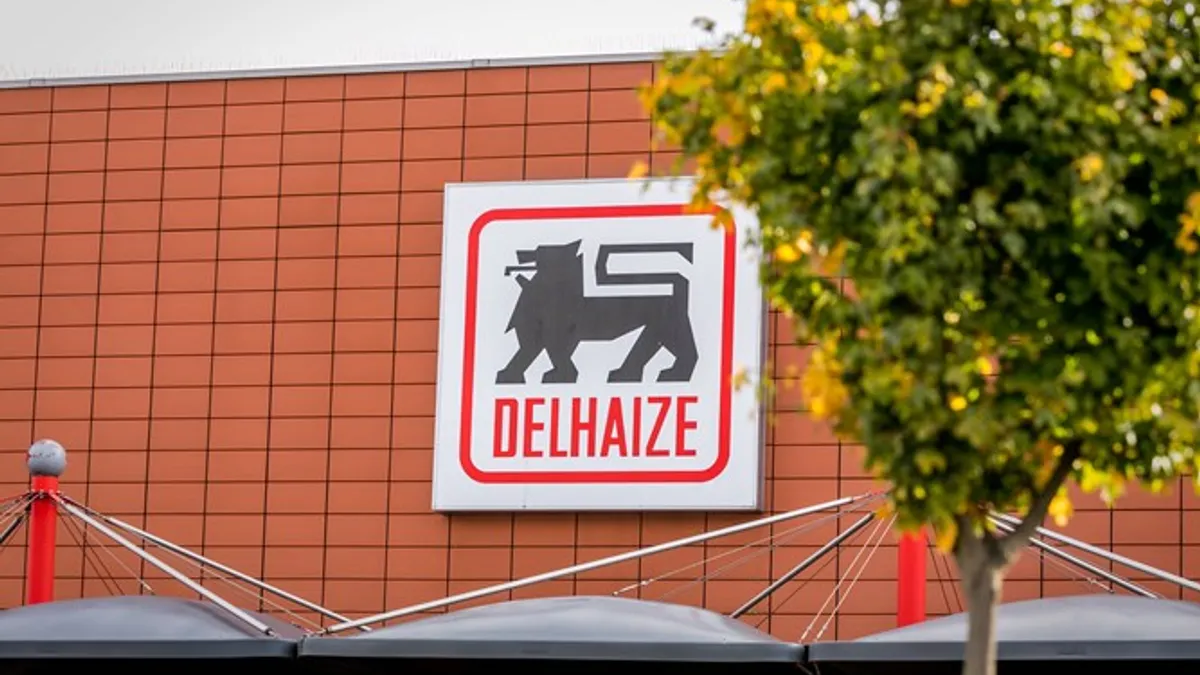As the Trump administration’s tariff playbook continues to rapidly evolve, grocers are facing the familiar challenges of trying to reassure price-sensitive consumers while also maintaining their own finances under unsettled macroeconomic conditions.
But while grocers have been balancing those often-competing priorities since the COVID-19 pandemic unleashed a torrent of inflation and drove shoppers into a defensive posture several years ago, the highly volatile nature of the tariffs the federal government has recently rolled out poses a new set of risks, especially for traditional grocers, industry analysts said.
“Predictable policy, even when it’s burdensome, allows for planning,” said Capri Brixey, a partner in the customer development practice at The Partnering Group who formerly worked for suppliers including Coca-Cola and Keurig Dr Pepper. “Unpredictability leaves leadership teams frozen … you can’t predict what a consumer is going to do if you have no idea what their sentiment is going to be tomorrow, and their sentiment is unpredictable because you have no idea what the news is going to be tomorrow.”
The tariff situation took a new twist on Wednesday, when President Donald Trump announced that he would pause most of the so-called “reciprocal” tariffs he announced last week for 90 days while simultaneously raising the level of tariffs on imports from China to 125%. The shift means that goods from most countries will be subject to a 10% levy instead of the higher tariffs Trump had earlier imposed.
Food-at-home inflation, meanwhile, rose in March to an annual rate of 2.4% from 1.9% in February even as overall inflation lost momentum, the Bureau of Labor Statistics reported Thursday morning.
Navigating tariff uncertainty is especially difficult for grocers, because they typically plan promotion strategies weeks in advance and therefore cannot easily change course when foreseeing the direction prices will take becomes difficult, Brixey said.
“Unless I can predict what’s going to happen, I don’t want to upend my pricing structure, and I don’t want to take risks on losing volume and consumer loyalty,” she said in a Tuesday interview.
In an interview before the president’s latest policy shift, Arun Sundaram, senior vice president of equity research for CFRA Research, said the aggressive tariff plan the president unveiled on April 2 was “probably the worst-case scenario,” in part because uncertainty about how and whether the levies will go into effect makes it difficult for retailers to figure out how to respond.
“Retailers are not going to immediately re-shore their supply chain on day one. I think everyone is still in a wait-and-see mode to see what’s going to happen, and that’s tough, because that means everyone just kind of stays still,” Sundaram said.
While food retailers can take solace in the fact that demand for many goods they sell is inelastic — meaning that consumer demand for them is unlikely to evaporate even if prices go up — they also face the challenge of shoppers closely associating grocers with inflation, Sundaram said. That means grocers need to find ways to demonstrate to shoppers that they are committed to helping them weather tariff-related uncertainty in order to keep shoppers coming back, he added.
“Loyalty is not given, it’s earned. That’s why you’re seeing so many retailers focus on that, because, clearly, it’s a very competitive market out there,” Sundaram said. “And the big challenge for grocers is how do you get consumers to spend the greatest share of their wallet with you.”
A key source of concern for food retailers is that they cannot shield shoppers from price increases indefinitely, making even the threat of tariffs on some of the products they sell — or the ingredients they contain — a potentially big problem, David Ortega, a professor and food economist at Michigan State University, said in an interview on Tuesday.
“There’s going to be a point where they have no option but to pass on those costs to the consumer,” Ortega said. “I can’t stress enough how big of a disruptor and shift in the way that we go about things this is going to be.”
Another factor in how tariffs could affect the cost of imported foods is that the levies are based on how much something is worth when it enters the U.S., not when it reaches a store, said Ortega. That means that the portion of an item’s value that is derived from processing within this country would not be affected by tariffs directed at its country of origin — and complicates calculations about how tariffs on certain ingredients might filter down to the price of a finished product, he said.
Ortega said that however the tariff situation unfolds, the steps the government has already taken to implement steep charges on imports will likely spur grocers to become more efficient as they look to shave costs.
Economic forces that could push up prices for grocers can be especially problematic for supermarket operators, which are already being squeezed by mass retailers and specialty retailers.
“The regular retailers are struggling, so they have to figure out what’s the value proposition that they can deliver to consumers. So if everybody increases price, fine, but that’s still going to probably have the consumer mentally say, ‘I need to go to shop at a place where I know I’m going to get the lowest price,’” said Sally Lyons Wyatt, global executive vice president and chief advisor for Circana.
“At the end of the day, most of these retailers are answering to someone, whether it’s the street or whether it’s to shareholders, and so they know they have to be able to keep their margins intact. But the best way to really do that is to get your traffic up — and to do that [in] this day and age, you’ve got to offer something that’s going to resonate with the consumer,” Lyons Wyatt said.
In a sign of how tariffs could put added pressure on traditional grocery companies, Walmart announced Wednesday that it has set aside its operating income guidance for the first quarter as it looks to “maintain flexibility to invest in price as tariffs are implemented.” The retailer said it still expects its sales for the quarter to grow between 3% and 4%, reflecting projections it issued in February.
“History tells us that when we lean into these periods of uncertainty, Walmart emerges on the other side with greater share and a stronger business,” Walmart CFO John David Rainey said in a statement.



